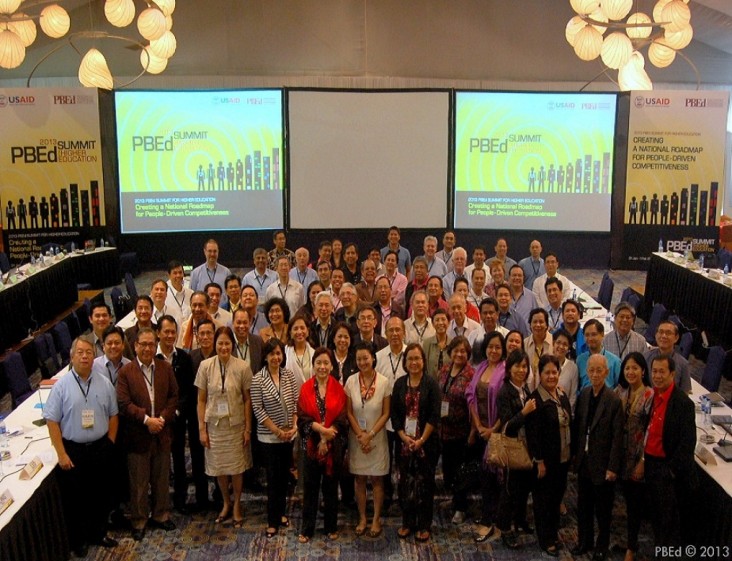
While the Philippine economy has grown at an average annual rate of 7 percent from 2011-2013, 42 percent of the population remains below the international poverty line of $2 per day. And while the Philippine economy is demonstrating some resiliency, key binding constraints to growth, led by weak governance, constrained public finance, lack of infrastructure, and weak human capacity continue to hinder inclusive growth and broad-based development.
In November 2011, the Government of the Republic of the Philippines (GPH) and the United States Government (USG) launched the Partnership for Growth (PFG), a joint effort to address the binding constraints to economic growth and development in the Philippines. Established by President Obama, the PFG is a “whole-of-government” effort that fosters accelerated growth needed for lower income countries to become the next generation of emerging markets.
A substantial part of USAID’s development programming in the Philippines—one of only four PFG countries globally—addresses the four binding constraints to growth. This fact sheet describes USAID’s programs that address one of the four binding constraints: weak human capacity.
First among the challenges of human capital formation is the poor quality of education service delivery across the country—both for the basic and higher education sectors. In the basic education sector there are systemic hindrances to functional literacy such as: poor quality of teaching instruction, lack of high-quality relevant learning materials, and sporadically used reading diagnostic tools. In the higher education sector, the Philippines suffers from a poor regulatory environment and a lack of transparent information on labor market demands and university performance.
Basic Education
USAID works closely with the Department of Education to support the Philippine Government’s Every-Child-A-Reader Program to improve reading outcomes for at least one million early grade children in English, Filipino and selected mother tongues. To accomplish this, USAID improves instructional quality for early grade teachers, strengthens reading systems such as reading recovery and development of appropriate materials, and institutionalizes world-class reading diagnostic tools such as the Early Grade Reading Assessment. USAID assistance in this area directly contributes to the global goal of improving reading skills for 100 million children by 2015. In addition, USAID continues to work with the local government units, school boards and school governing councils to improve transparency and accountability in education governance and increase community engagement.
Higher Education
USAID recognizes that higher education can be an engine for innovation, productivity, competitiveness, and inclusive growth. USAID strengthens the faculty research and innovation capacity through partnerships with U.S. universities. A special focus has been given to science, technology, and innovation disciplines that are relevant to high-growth and high value-added sectors, such as information technology and manufacturing. USAID also helps establish links between the academia and industry to ensure the workforce is trained to provide the necessary human capital for economic growth. USAID also improves the regulatory environment in higher education by fostering dialogue between the diverse stakeholders in the sector and by making information on the labor market and university performance more transparent and accessible to the public.
USAID programs also engage dynamic local partners and leverage Philippine-American diaspora resources to foster an ecosystem of entrepreneurship in higher education science, technology, and engineering programs.
Access to Education in Conflict-affected Areas
USAID continues to develop workforce readiness, literacy, and livelihood skills for vulnerable out-of-school youth (OSY) in conflict-affected areas in Mindanao. To accomplish this, USAID strengthens local government and service providers to improve access to educational and training opportunities. Training and internship programs are conducted to prepare youth to engage in enterprise and business development, address the knowledge gaps created by incomplete schooling, build social connections, and develop life skills. In addition, USAID supports peace-building in Mindanao through learning camps and youth exchanges.
USAID also aims to involve the youth in governance processes, civil society strengthening, and community participation. USAID identifies and supports “next generation leaders” who will demand accountability from government leaders and become empowered members of their communities.








Comment
Make a general inquiry or suggest an improvement.